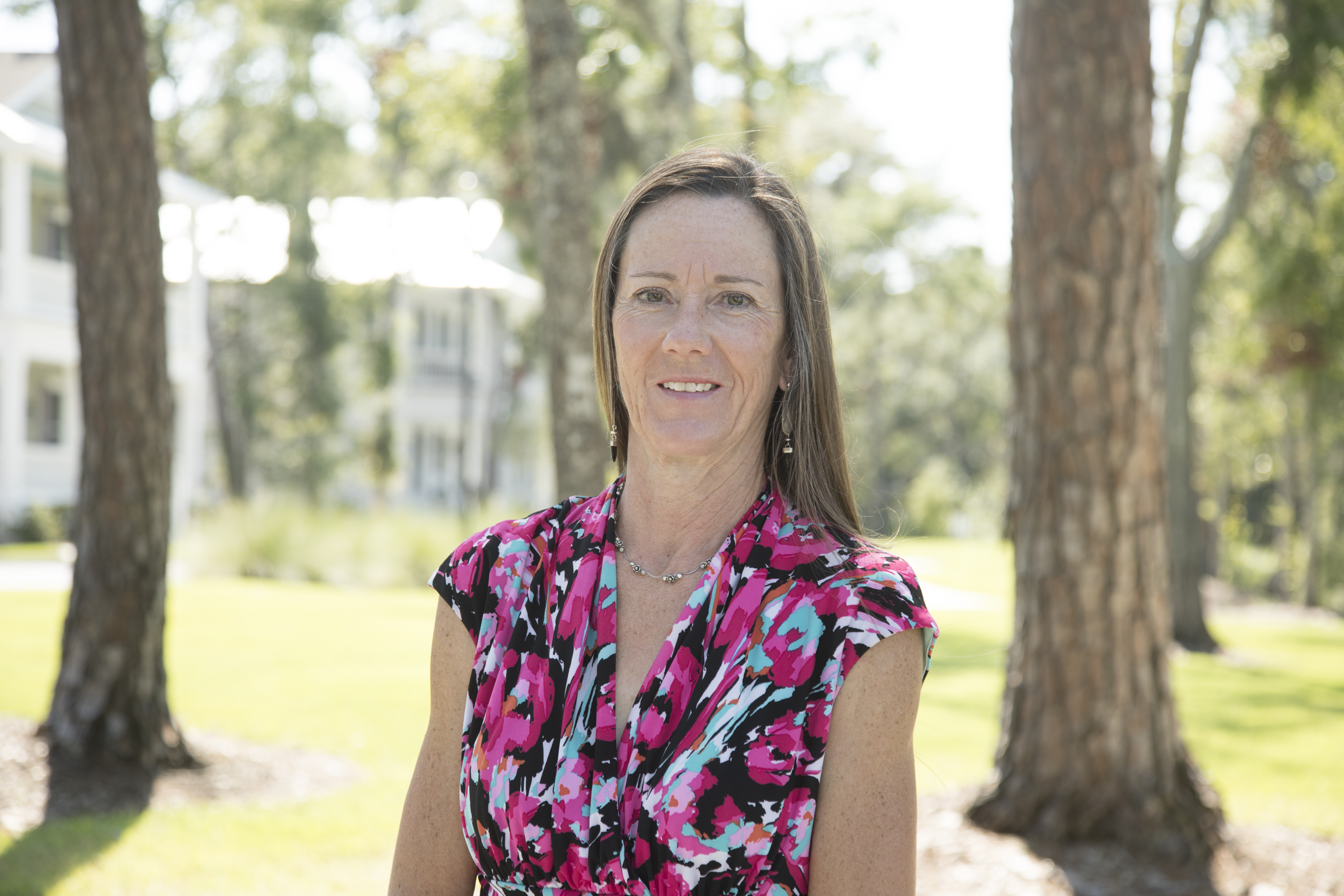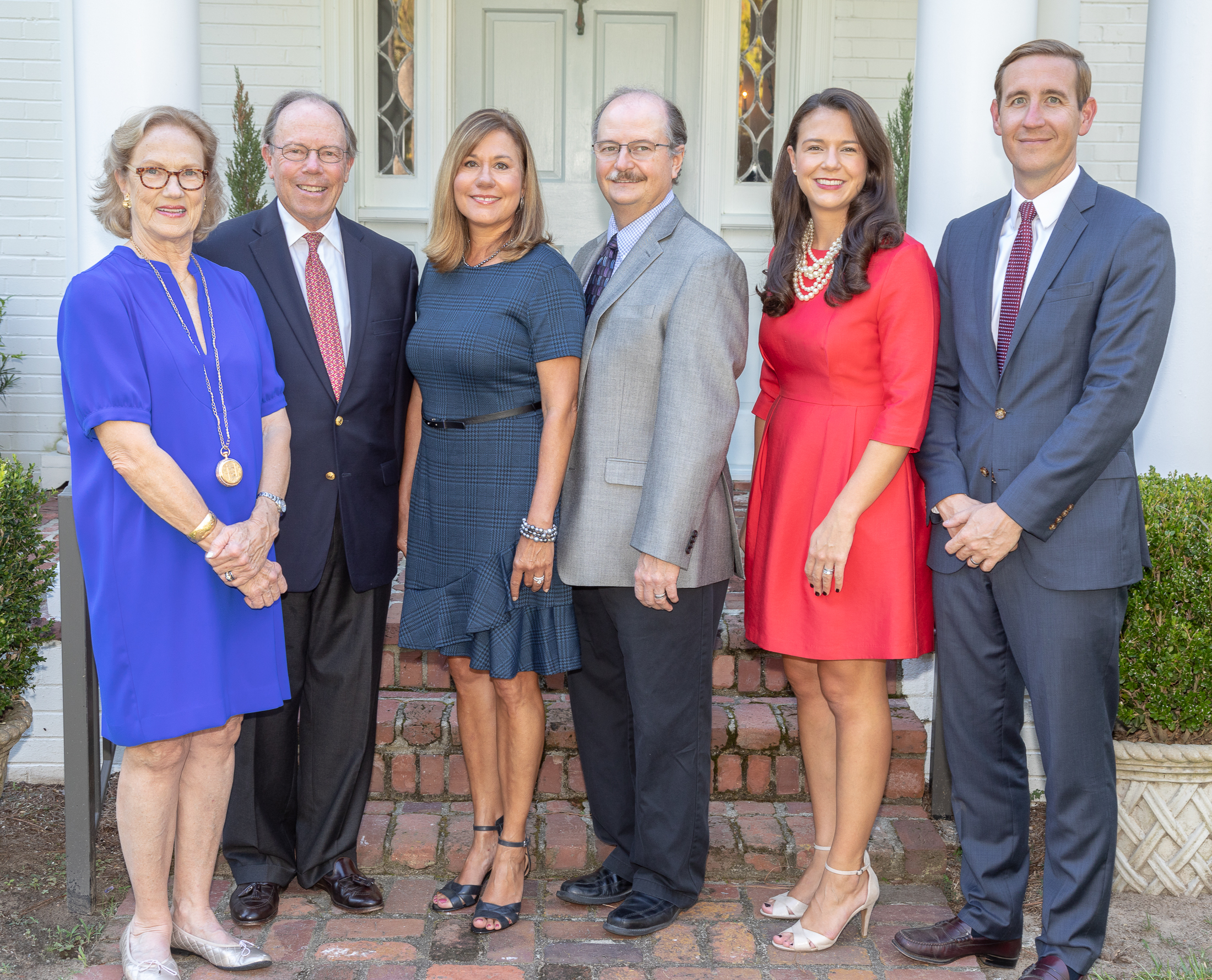Libby Anderson : Preserving Beaufort’s Past and Planning for its Future
Story By Carol Lauvray photos by Paul Nurnberg
When describing Beaufort, South Carolina, words like scenic, charming, historic, pristine and friendly come to mind. And each year, Beaufort continues to make the lists of the best places to visit and live in the South. In fact, Southern Living magazine voted Beaufort the South’s Best Small Town in 2017.
Beaufort beckons visitors and attracts residents with 500 years of history, stately antebellum mansions, moss-draped Live Oaks and breathtaking views of its river and marshes. The challenge for the City of Beaufort is preserving the history and natural setting of this special place, while providing the services and infrastructure necessary for Beaufort to continue to evolve as a vital community.
Accomplishing this balance cannot be left to chance—it requires careful planning. This is the challenge that Libby Anderson, Director of Planning and Development Services for the City of Beaufort, has faced for the past 21 years.
Libby grew up in Elmira, NY and met her husband, professional photographer Paul Nurnberg, when they were both in high school in Elmira. She earned a Master of City Planning degree from Boston University in 1986, but her career in city planning began in 1984 as an environmental planner for the Central Massachusetts Regional Planning Commission. Since that time, she’s held several professional city-planning positions, including the cities of Greenville, NC and Savannah, GA. Libby joined Beaufort’s City Planning Department in 1996.
The mission of the department of Planning and Development Services is to preserve and enhance the quality of life in the City of Beaufort. To accomplish its mission, the department is charged with:
• Developing, implementing and enforcing plans, programs, policies and regulations
• Providing guidance on development proposals
• Reviewing development plans
• Staffing citizen boards
• Conducting research
• Developing recommendations on planning-related issues for elected and appointed officials.
“Our department’s work touches everyone who lives in or visits Beaufort,” says Libby. “Our customers include the City’s residents, property owners, neighborhoods, developers, businesses and local officials.” The department is involved with design review for projects; zoning administration; working with various organizations and neighborhood associations; grant writing and administration for City projects; public education and community outreach; and building code enforcement. In addition, the department administers and staffs citizen boards, including the Metropolitan Planning Commission, Historic District Review Board, Design Review Board, Zoning Board of Appeals, and the Park & Tree Advisory Committee.
Libby says that her department accomplishes its work through a small staff of people who possess diverse skills and provide a high level of customer service. In addition to Libby, the staff consists of a landscape architect; project development planner; permit technician; administration assistant; building official; and two inspectors.
Bringing City Planning to Life
“Our department is responsible for protecting Beaufort’s history while we move the City into the 21st Century,” says Libby. “We focus our efforts in three areas to do this: long-range planning, current planning, and community development.”
Long-range Planning
The City’s Boundary Street Master Plan and the related Boundary Street construction project now underway are prime examples of long-range planning, according to Libby. “We are 10 years into the 100-year Boundary Street Master Plan adopted in 2006. The plan is a comprehensive strategy for growth and redevelopment of the corridor and envisions that Boundary Street can be one of the most memorable streets in America. The Master Plan was created using the concept of ‘designing in public’—the team of planners, engineers, architects, and economists conducted an open planning process in September 2005 with the participation of over 300 interested residents and stakeholders. Our planning work is done early in the project and involves neighborhood engagement through meetings with residents and stakeholders to identify the ideas, needs and concerns of the community first.” Libby says that the Boundary Street construction currently underway is slated for completion by spring 2018.
Also part of the long-range plan is the creation of Battery Park (named for the Civil War era Battery Saxton), along the marsh on Boundary Street as you enter town. Creating the passive park to beautify the south side of Boundary Street involves the ongoing purchase by the City of several properties owned by businesses. Many of the buildings have already been purchased and some have been demolished, including two buildings formerly standing on the site of Battery Saxton, located just to the east of Wendy’s. Libby wrote the grant in 2001 for funding to purchase those two buildings, which have been demolished.
Current Planning
The City’s Civic Master Plan approved in 2014 provides the vision of how Beaufort should be developed and calls for building within the City limits, rather than developing outside the City. Current Planning focuses on any new development within the City, such as the Beaufort Inn’s new 12-room cottage being built on Craven Street and the new parking garage proposed for the Historic District downtown. Renovations in the Historic District also fall into this category. City Walk, a new housing development located on the marsh near North Street west of Ribaut Road, and Midtown Square, a housing development within the Northwest Quadrant on Prince and Duke Streets, are other examples of new development within the City.
Community Development
Community Development encompasses programs to support the revitalization of existing neighborhoods. Libby’s department secures grant funding toward this end, which is used along with City funds to implement the projects. During the 1990s and since 2000, the department has secured grants totaling more than $1.5 million to help repair 69 owner-occupied homes in the Northwest Quadrant. Other revitalization projects in the Northwest Quadrant are the Bladen Street Streetscapes—Phases I and II and the Duke Street Streetscapes—Phases I and II. Grant funding secured by Libby’s department toward these projects totaled $2 million.
Planning—to be the Best
The next time you tell someone that you live in historic Beaufort, South Carolina, take a moment to think about all the people and planning involved in making Beaufort the South’s Best Small Town!




